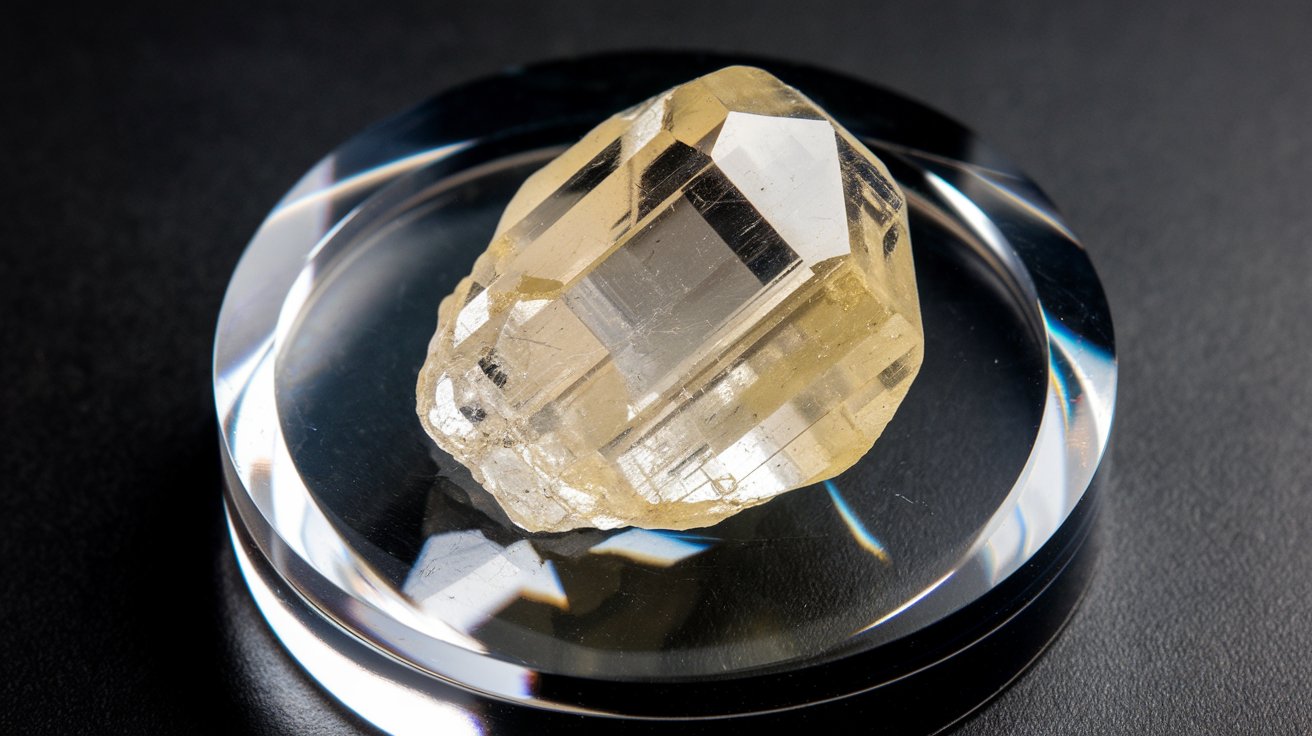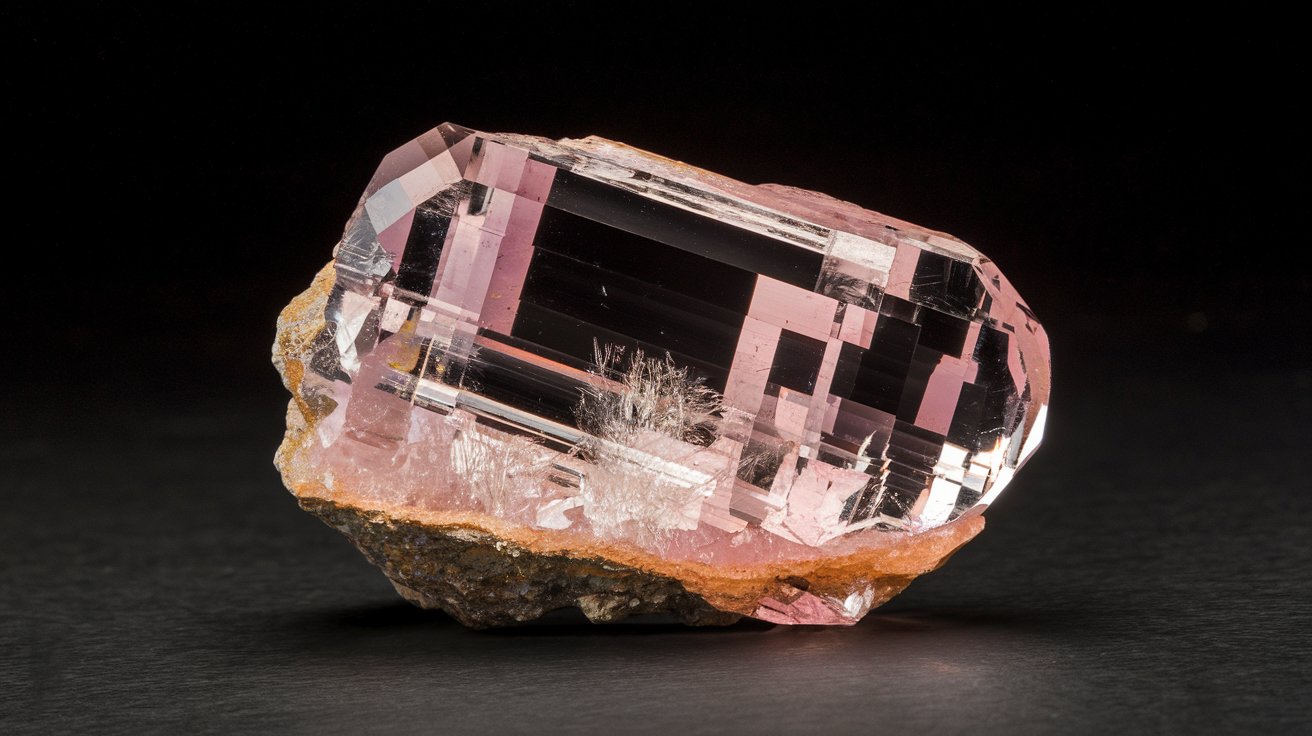
Arsenolite might sound like something out of a sci-fi movie, but it's a real mineral with some intriguing properties. Arsenolite is a rare form of arsenic trioxide, often found in the oxidation zones of arsenic-rich mineral deposits. This mineral forms as tiny, white, powdery crystals that can be quite toxic. Despite its dangers, arsenolite has fascinating uses in various industries, including glass manufacturing and medicine. Ever wondered how something so hazardous can be so useful? Stick around as we dive into 35 captivating facts about arsenolite. From its formation to its applications, you'll discover why this mineral is more than just a scientific curiosity.
Key Takeaways:
- Arsenolite, a mineral composed of arsenic trioxide, has a fascinating cubic structure and is used in pesticides, glass decolorization, and semiconductor manufacturing. However, it's highly toxic and requires careful handling.
- Despite its toxicity, arsenolite has historical significance and interesting properties, such as solubility in water and fluorescent under UV light. Ongoing research explores its potential uses in nanotechnology and environmental remediation.
What is Arsenolite?
Arsenolite is a fascinating mineral with a unique composition and intriguing properties. This mineral, primarily composed of arsenic trioxide, has a lot to offer in terms of scientific interest and practical applications. Let's dive into some captivating facts about arsenolite.
Chemical Composition and Structure
Understanding the chemical makeup and structure of arsenolite can shed light on its unique characteristics.
- Arsenolite is composed of arsenic trioxide (As2O3). This means it contains two arsenic atoms and three oxygen atoms.
- It crystallizes in the cubic system. This gives it a symmetrical and often visually appealing structure.
- The mineral is typically white or colorless. However, impurities can sometimes give it a yellowish tint.
- Arsenolite has a vitreous luster. This means it has a glass-like appearance when light reflects off its surface.
- It has a Mohs hardness of 1.5. This makes it quite soft and easily scratched.
Formation and Occurrence
Arsenolite forms under specific conditions and can be found in various locations around the world.
- It forms as a secondary mineral. This means it develops from the alteration of other arsenic-bearing minerals.
- Commonly found in oxidized zones of arsenic-rich ore deposits. These areas provide the right conditions for arsenolite to form.
- Notable locations include Germany, France, and the United States. These countries have significant deposits of arsenolite.
- It can also form as a sublimation product around volcanic fumaroles. These are openings in the Earth's crust that emit gases and vapors.
- Arsenolite is often associated with other minerals like realgar and orpiment. These minerals also contain arsenic and can be found in similar environments.
Uses and Applications
Despite its toxicity, arsenolite has several applications in various fields.
- Used in the production of arsenic-based pesticides. These pesticides help control pests in agriculture.
- Employed in the glass industry. Arsenolite can be used to decolorize glass and remove impurities.
- Utilized in the manufacturing of semiconductors. Its properties make it useful in the electronics industry.
- Historically used in medicine. Though toxic, small amounts were once used to treat certain diseases.
- Important in chemical research. Scientists study arsenolite to understand its properties and potential uses.
Health and Safety Concerns
Arsenolite's toxicity means it must be handled with care to avoid health risks.
- Arsenolite is highly toxic. Ingesting or inhaling it can cause severe health problems.
- Exposure can lead to arsenic poisoning. Symptoms include nausea, vomiting, and even death in severe cases.
- Proper safety measures are essential when handling arsenolite. This includes wearing protective gear and working in well-ventilated areas.
- Regulated by health and safety organizations. These regulations help ensure safe handling and use of arsenolite.
- Environmental concerns also exist. Arsenolite can contaminate soil and water, posing risks to ecosystems.
Historical Significance
Arsenolite has played a role in history, particularly in the fields of medicine and industry.
- Used in ancient times for medicinal purposes. Despite its toxicity, it was believed to have healing properties.
- Employed in alchemy. Alchemists sought to transform arsenolite into gold or other valuable substances.
- Important in the development of early pesticides. These pesticides helped improve agricultural productivity.
- Studied by early chemists. Their research laid the groundwork for modern chemistry.
- Featured in historical texts and manuscripts. These documents provide insights into how arsenolite was used and perceived in the past.
Interesting Properties
Arsenolite has some unique properties that make it a subject of interest for scientists and collectors alike.
- It is soluble in water. This means it can dissolve, which is unusual for many minerals.
- Forms beautiful octahedral crystals. These crystals are often sought after by mineral collectors.
- Can sublimate at high temperatures. This means it can transition from a solid to a gas without becoming liquid.
- Has a sweetish taste. Though tasting it is highly discouraged due to its toxicity.
- Fluorescent under UV light. This property makes it interesting for scientific studies and displays.
Modern Research and Discoveries
Ongoing research continues to uncover new information about arsenolite and its potential applications.
- Studied for its potential use in nanotechnology. Its unique properties could make it useful in this cutting-edge field.
- Research into safer handling methods. Scientists are working to develop ways to reduce the risks associated with arsenolite.
- Explored for environmental remediation. Its ability to bind with certain pollutants could help clean contaminated sites.
- Investigated for its role in geochemical processes. Understanding these processes can provide insights into Earth's history.
- Continues to be a subject of mineralogical studies. These studies help expand our knowledge of arsenolite and its properties.
Final Thoughts on Arsenolite
Arsenolite, a fascinating mineral, holds a unique place in the world of chemistry and geology. Its distinctive properties, from its cubic crystal structure to its toxic nature, make it a subject of interest for scientists and enthusiasts alike. Understanding arsenolite's formation, uses, and potential hazards can provide valuable insights into both natural processes and industrial applications. While its toxicity requires careful handling, its role in various chemical reactions and historical significance cannot be overlooked. By learning about arsenolite, we gain a deeper appreciation for the complexities of the natural world and the importance of responsible scientific exploration. Whether you're a student, a professional, or just curious, knowing these facts about arsenolite enriches your knowledge and sparks curiosity about the many wonders of our planet.
Frequently Asked Questions
Was this page helpful?
Our commitment to delivering trustworthy and engaging content is at the heart of what we do. Each fact on our site is contributed by real users like you, bringing a wealth of diverse insights and information. To ensure the highest standards of accuracy and reliability, our dedicated editors meticulously review each submission. This process guarantees that the facts we share are not only fascinating but also credible. Trust in our commitment to quality and authenticity as you explore and learn with us.


